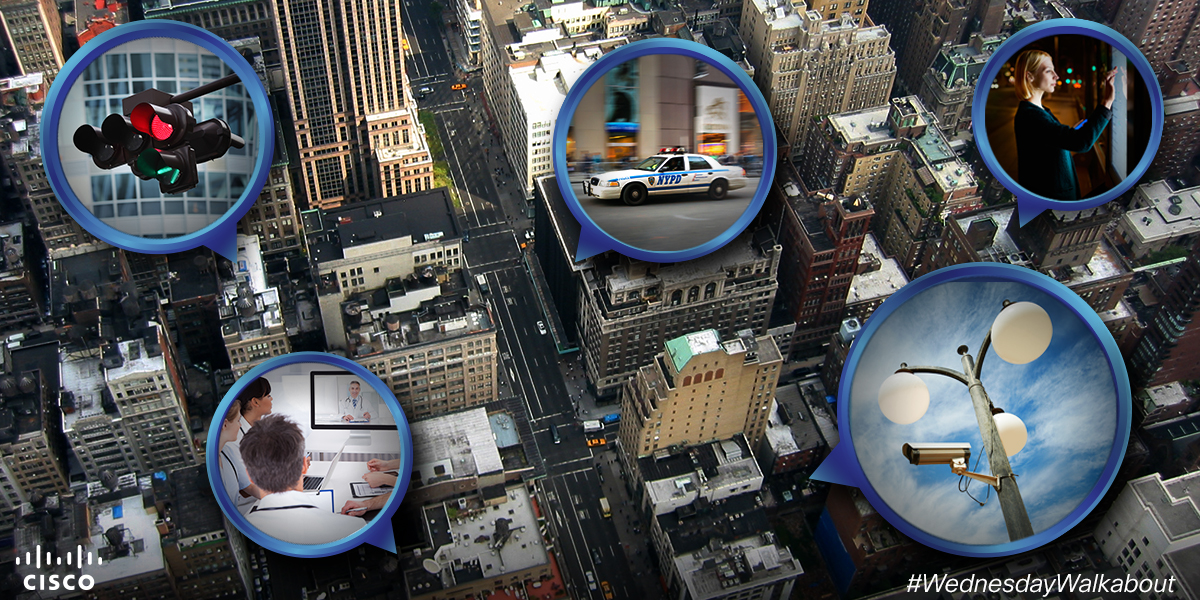Co-authored with Dani Schrakamp
A New Approach to Public Safety
Lately, constant news coverage has been shining a spotlight on the increasing amounts of pressure that public safety and justice agencies are enduring. Preventing crime is vital to developing vibrant and safe communities. The reality of shrinking budgets and resources in the midst of calls to modernize is creating a challenging paradox, and public safety officials are tasked to deliver mission value in new ways. For example, results from an International Association of Chiefs of Police (IACP) and Major Cities Chiefs Association survey estimated 53 percent of counties in the United States are working with significantly fewer staff today compared to a decade ago. The fact is that law enforcement agencies can’t afford to put more officers on the street.
Public safety leaders are now are turning to digital technologies as force multipliers to compensate for recent reductions in staff, drastic budget cuts, and the evolving cyber and physical threat landscape. A number of emerging technology solutions are helping law enforcement, corrections departments, emergency responders, courts, and national security agencies modernize and cut government costs by streamlining operations while still producing mission-critical outcomes.
https://www.youtube.com/watch?v=jO5uK47FKd0
Technology on the Leading Edge
First, our digital citizen is honored to spend the week at the IACP annual conference. After attending this week’s sessions, the citizen has picked up on a few trending themes and important issues that our law enforcement officials face. Of particular importance throughout the conference was the focus on body-worn cameras in the forefront of today’s policing conversations. However, an officer cannot just simply slap on a body camera and call it a day. Secure and updated networks and the ability to move data storage to the cloud must first be in place if it isn’t already. One session in particular featured an estimate that body-worn cameras could result in about 1 terabyte of data per officer per year. Statistics seem to and will vary on a community-by-community basis, but it’s relatively easy to agree that with the vast amounts of video data, secure storage is a major technology issue that will need to be addressed. Here, cloud will be key. And not just for body-worn cameras, but for everything in the digital scope, from evidence management to video surveillance footage.
Another hot topic for technology was analytics, specifically the capability for digital technologies to enable analytics to help aid in predictive policing. With emerging analytic solutions and access to more information than ever before, public safety organizations can now use data as a means to transform the way they identify, respond and mitigate criminal activity. For example, analytics capabilities allow officers to spot and examine emerging trends to make informed enforcement decisions for crime prevention.

Each year since 1998, the IACP has recognized exceptional community law enforcement agencies around the world by bestowing upon them the Community Policing Award. Our digital citizen was lucky enough to join the winners and finalists at the private reception, where Cisco and IACP praised the honorees’ demonstration of the importance and effectiveness of the community policing philosophy in building partnerships, solving community problems, and keeping communities safe. Recent events demonstrate that community policing is central to the success of the public safety mission as we provide quality services to, and build relationships with, our diverse communities. Our citizen applauds those recognized with this prestigious award and recognized that what they have created in their communities will positively impact the law enforcement community worldwide.
Finally, the digital citizen joined a ride along with police officers in their respective communities. For this portion of the journey, our first ride is in the IACP conference’s host city, Chicago. Our citizen is a witness to Chicago’s public safety officials making their jobs easier and more efficient with the use of mobile technology. For example, the ability for digital technologies to help officers access real time information during an emergency or planned event – like President Barack Obama’s speech at the IACP event – is helping the city’s first responders better predict, prepare, and solve problems.
Next stop on our route is San Antonio, Texas, home to a successful remote court system that drives more efficient delivery of judicial resources and city services, while also freeing up parking, shortening wait times, providing online fine payment, and stretching judicial resources. This initiative provides the option for court hearings via high-quality videoconferences between San Antonio residents and Municipal Court judges at kiosks and link centers throughout the city. During our drive through the city, our citizen is also able to spot the integration of technology into police cruisers and how it has dramatically reduced the administrative burden on police officers. Each of San Antonio’s law enforcement vehicles includes an in-car video system and DVR. Any time an officer switches on their lights and siren, the system automatically records video of what is taking place and the feed captured is uploaded via Wi-Fi into a secure storage location.
The topics of digital transformation and technology are imperative to public sector leaders as they grapple with how to continue to protect and serve their communities. More and more, public safety and justice officials are seeing the tremendous value in connecting the unconnected with intelligent networks and digital technologies. Ultimately, the answer is set out clearly in front of us. Technology can and will help public safety agencies to better protect citizens and make communities safer.
Next Stop
Stay tuned for next Wednesday’s post. And be sure to check back each week as we explore new themes, challenges and observations. Additionally, you can click here and register now to get your questions answered on how to keep your digital community safer and more secure.

Finally, we invite you to be a part of the conversation by using the hashtag #WednesdayWalkabout and by following @CiscoGovt on Twitter. For more information and additional examples, visit our Smart+Connected Communities page and our Government page on Cisco.com. Enjoy the Wednesday walkabout!

CONNECT WITH US